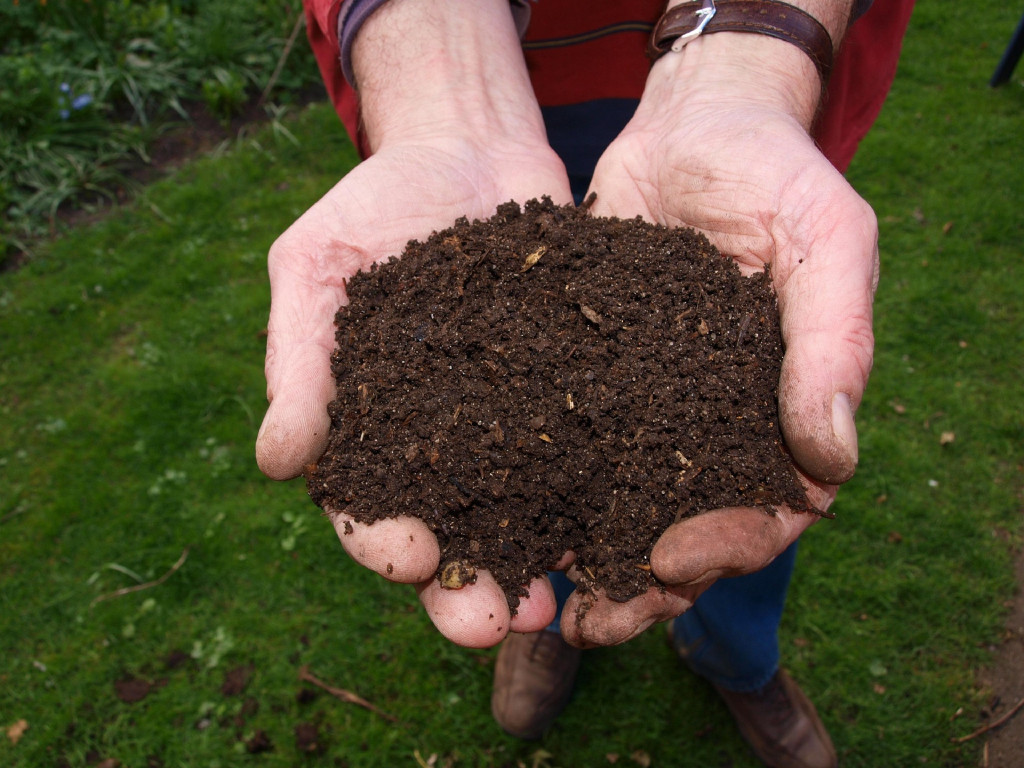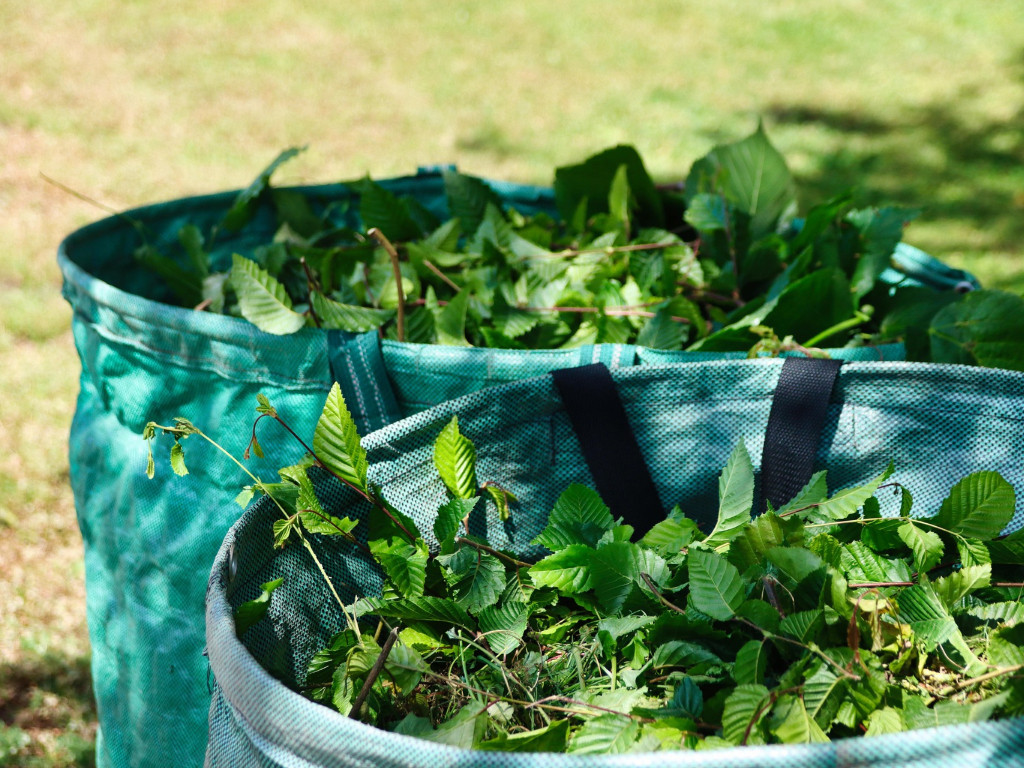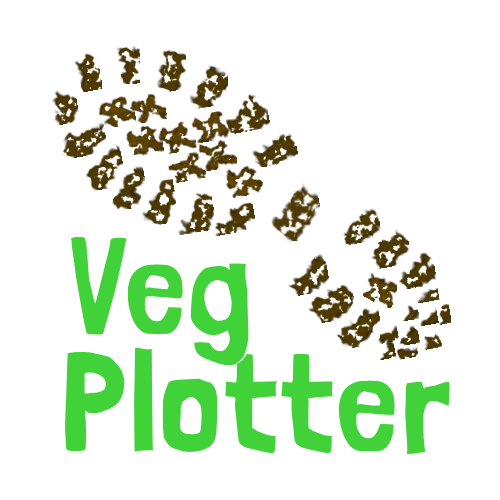Gardener's Gold: The Secret Soil Ingredient

Every seasoned gardener knows the true wealth of a garden lies not just in the rich harvest, but deep within the soil. We chase after compost, manure, and mineral supplements, yet often overlook one of nature’s most effective, simple, and free soil amendments: leafmold.
If the idea of raking leaves fills you with dread, consider this: those crisp, colorful remnants of autumn can be transformed into a dark, crumbly, magical substance that acts like a sponge, a slow-release nutrient bank, and a haven for beneficial microbes. Forget buying fancy peat moss—leafmold is the sustainable, superior alternative, and it's time you unlocked its secrets.
What Exactly Is Leafmold?
Leafmold is not the same as regular compost, and this distinction is crucial. While traditional composting relies on a hot, diverse mixture of nitrogen-rich 'greens' and carbon-rich 'browns' (including leaves) to rapidly break down through bacterial action, leafmold is a specialized, cool composting process. It is made almost exclusively from tree leaves and is broken down primarily by fungi over a much longer period (typically 6 months to 2 years).
The structure of leaves—which are high in tough lignin and cellulose and relatively low in nitrogen—makes them ideal for fungal decomposition. The resulting product is not a true fertilizer (it contains few immediate, high-concentration nutrients), but an incomparable soil conditioner.
Why Your Vegetable Garden Needs This Black Magic
The benefits of incorporating leafmold into your vegetable garden are profound, addressing three critical areas: structure, moisture, and soil life.
-
Water Retention (The Sponge Effect): Leafmold is famed for its incredible ability to hold water—up to 500 times its own weight! Mixing it into the top layers of your vegetable beds acts like an insurance policy against dry spells, keeping roots consistently moist and reducing the need for frequent watering.
-
Improved Soil Structure: In heavy clay soils, leafmold adds the necessary bulk to improve aeration, allowing roots to breathe and preventing compaction. In sandy soils, it binds the particles together, slowing down the leaching of nutrients and water. This creates the ideal friable texture that vegetable roots adore.

- Encouraging Beneficial Soil Life: As a fungal product, leafmold is a fantastic food source for earthworms and a perfect habitat for beneficial fungi and microbes, including mycorrhizal fungi. These microscopic helpers form symbiotic relationships with your plants' roots, extending their reach to access water and nutrients that would otherwise be unavailable.
The Fruits of Your Labor: Crops That Thrive on Leafmold
While all plants benefit from better soil structure, some vegetable and fruit crops are especially responsive to the qualities of leafmold:
-
Acid-Loving Fruits: Blueberries and Strawberries absolutely love leafmold. Use it as a thick, moisture-retaining mulch around them, as its slightly acidic $\text{pH}$ (around 5.5-6.5, depending on the leaves used) helps meet their specific soil requirements.
-
Root Crops: Carrots, radishes, and parsnips benefit immensely from the improved drainage and friable texture. Leafmold breaks up clods, allowing root crops to grow long, straight, and unblemished.
-
The Brassica Family: Broccoli, cabbage, and cauliflower need consistently moist soil to form dense, quality heads. Leafmold ensures the deep moisture they require without the soil becoming waterlogged.
-
Squash and Cucurbits: Melons, pumpkins, and zucchini are heavy feeders and drinkers. Incorporating leafmold into their planting hills provides both the necessary water-holding capacity and the good soil structure needed to support their sprawling growth.
A Note for Our Wild Neighbors
While gathering leaves for leafmold is great for your vegetable patch, remember that leaving small, undisturbed piles in the corners of your garden or under hedges offers a crucial habitat for wildlife. These piles provide essential winter insulation and cover for small mammals, like hedgehogs, and beneficial insects. Just be mindful of keeping pathways and high-traffic areas clear for safety, and always check leaf piles for resident animals before disturbing them. Balancing tidiness with natural habitat is the mark of a truly sustainable garden.
How to Make Your Own Leafmold
Making this "gardener's gold" is one of the easiest projects you can undertake. The main ingredient is patience!
-
Gather the Leaves: Rake or blow collected leaves. While almost all leaves work, hard leaves (like oak and sycamore) take longer than soft leaves (like maple and birch). Avoid using too many evergreen needles, as they break down very slowly.
-
Shred (Optional but Recommended): Run a lawnmower over the piles of leaves a few times. Shredding them dramatically reduces volume and increases the surface area, speeding up decomposition from two years to sometimes as little as six months.
-
Contain Them: You have two easy options:
The Cage Method: Build a simple bin using four wooden stakes and chicken wire or mesh fencing. This allows excellent air circulation.
The Bag Method: Use heavy-duty black trash bags. Fill them with leaves, add about a gallon of water, and tie the top loosely. Poke several holes in the sides and bottom of the bag for drainage and fungal access.

-
Keep it Moist: The key to fungal breakdown is consistent moisture. The pile or bag should feel like a wrung-out sponge—damp, but not soggy. If using a cage, water it thoroughly a few times during dry spells.
-
Wait and Use: Check your leafmold after 6 to 12 months. When it is dark brown, crumbly, and smells earthy, it's ready! Use the partially decomposed leafmold as a thick mulch, or wait for the fully broken-down, dark, uniform material to mix directly into planting beds and potting mixes.


